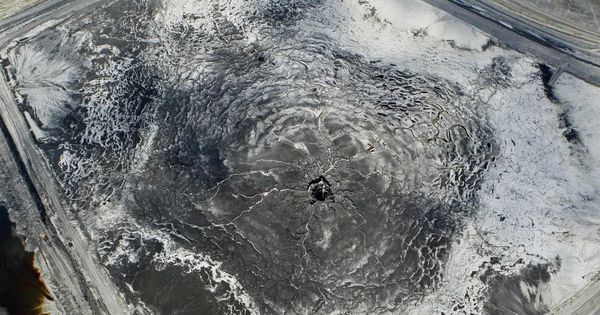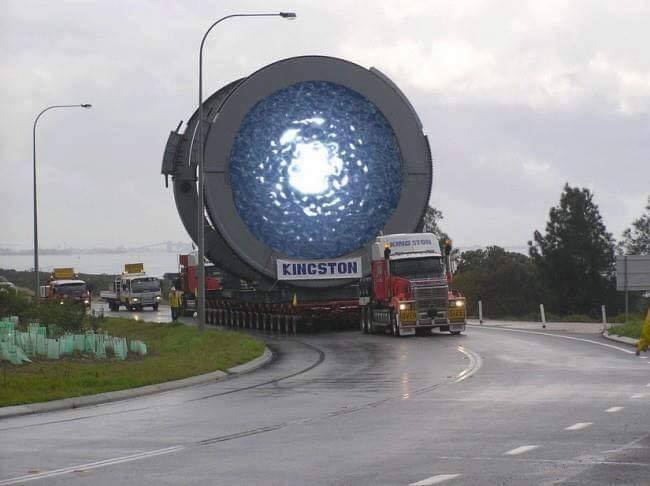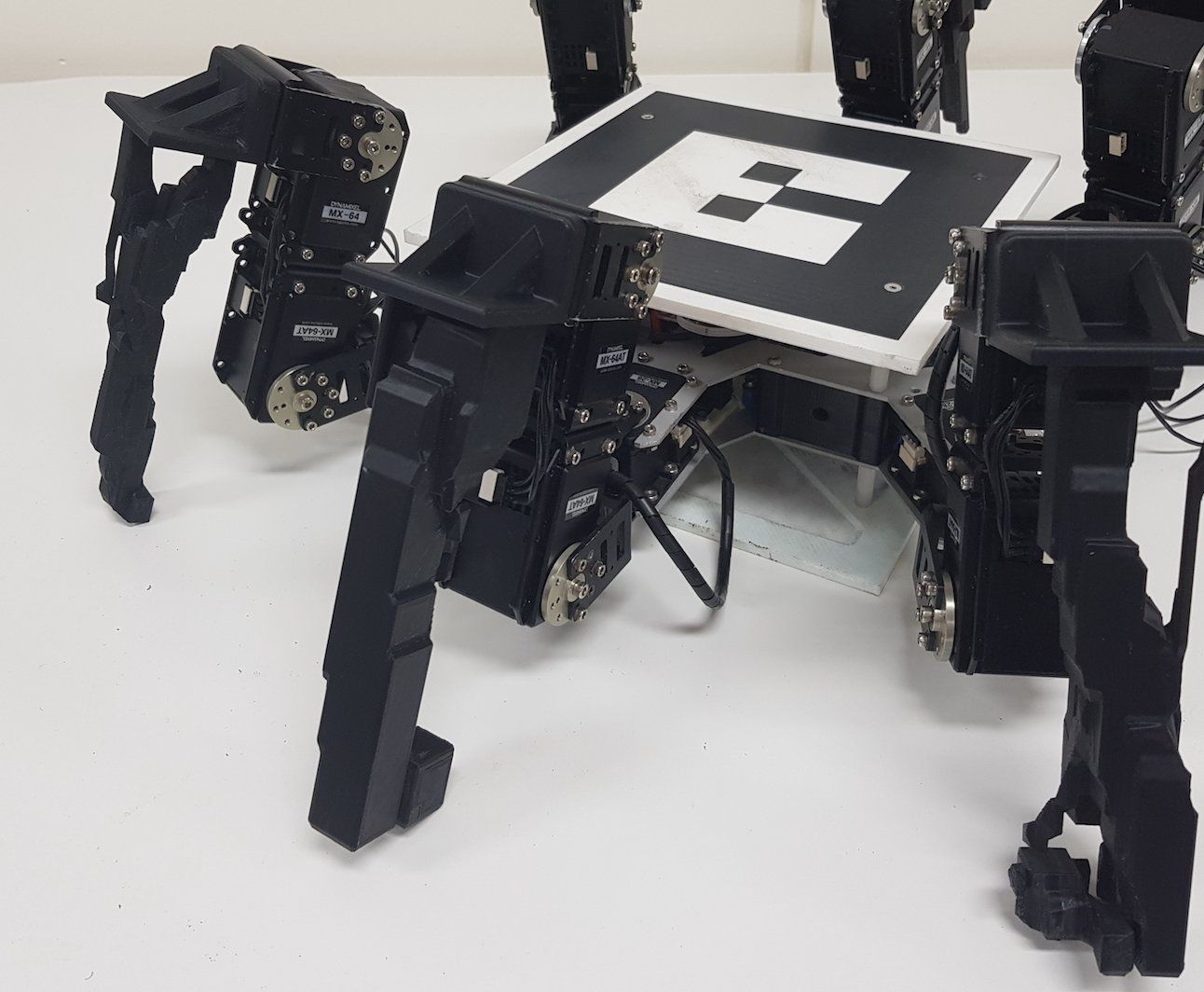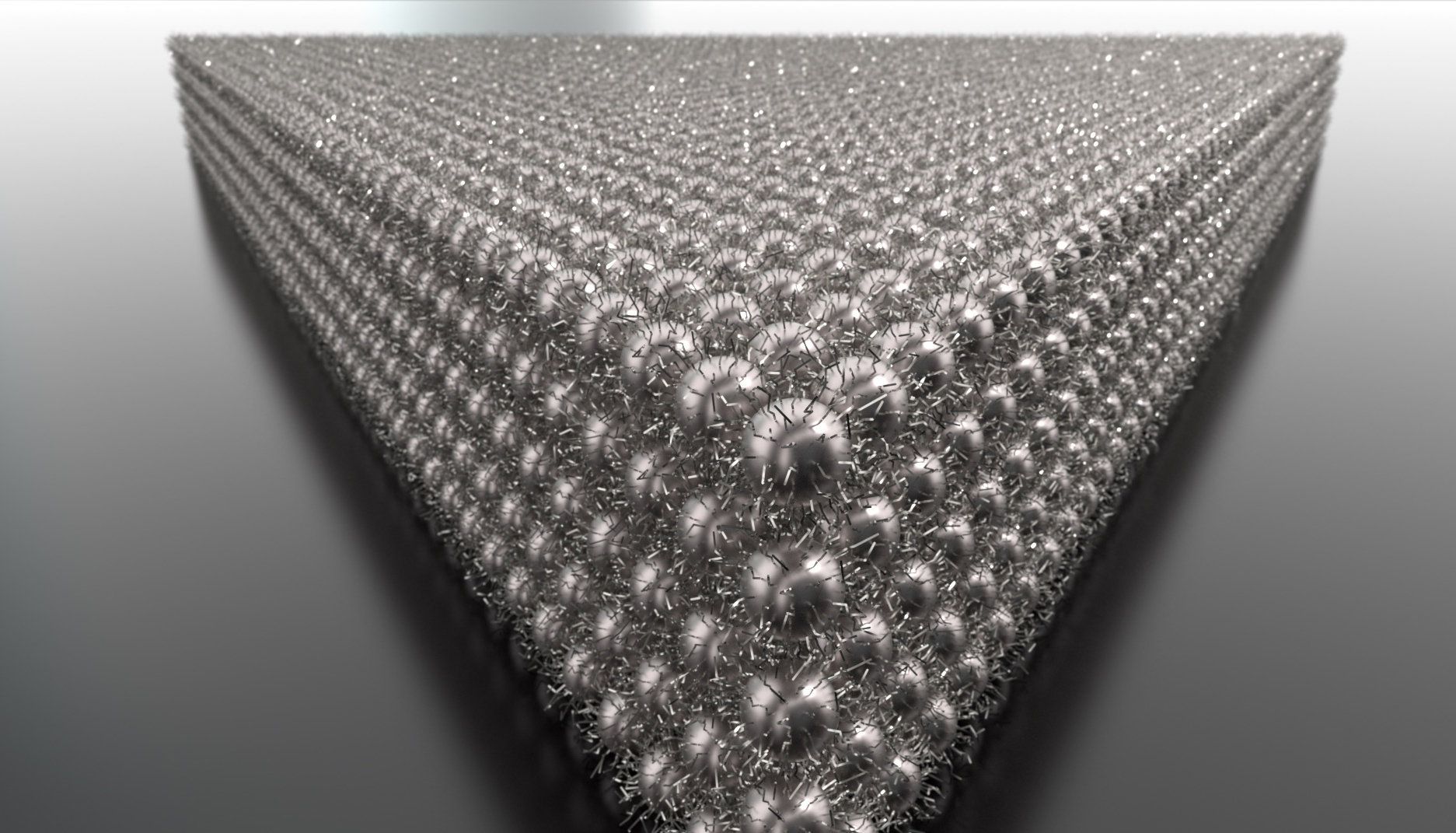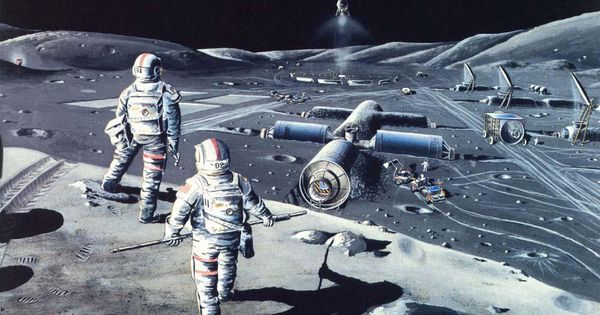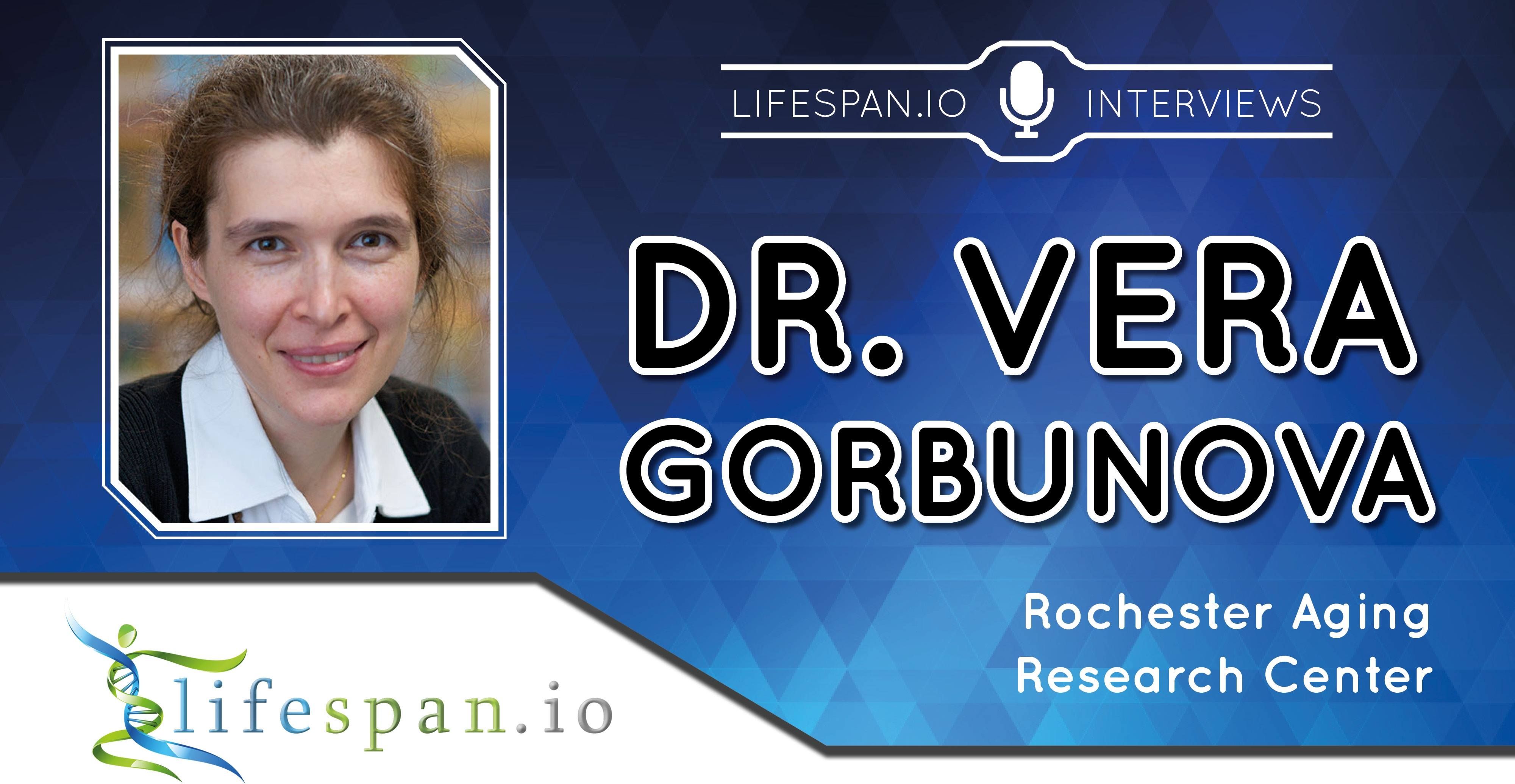A massive sinkhole recently collapsed nearby Mulberry, Florida, draining approximately 215 million gallons of radioactive and contaminated water into Florida’s aquifer. The sinkhole was located directly below a wastewater storage pond used by Mosaic, the largest phosphate fertilizer producer in the world.
There is local outcry that the event in fact took place three weeks before the local community was notified, despite the fact that this is Florida’s largest and primary aquifer for potable water. The fertilizer company is currently working on pumping out the contaminated water and believes the wastewater is slow moving in the aquifer and has yet to reach public households. Mosaic’s phosphate fertilizer plant was storing its “gypsum stack” containing sulfate, gypsum, sodium and radioactive phosphogypsum in a pond nearby the plant.
Florida is known for sinkholes, this one however was larger than normal at 45 feet in diameter. The ground collapsed down to the aquifer below, a source of fresh water for most of Florida. Mosaic diverted the wastewater pond but not until 215 million gallons were lost down the sinkhole.
